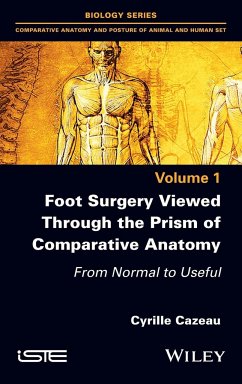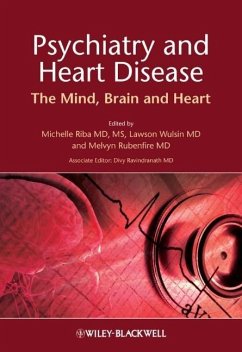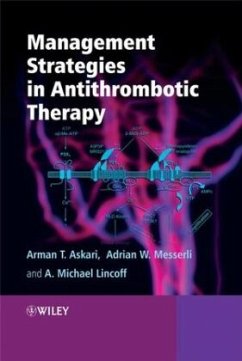![A Handbook of Mouse Models of Cardiovascular Disease [With CDROM] A Handbook of Mouse Models of Cardiovascular Disease [With CDROM]](https://bilder.buecher.de/produkte/20/20835/20835122z.jpg)
A Handbook of Mouse Models of Cardiovascular Disease [With CDROM]

PAYBACK Punkte
125 °P sammeln!
The availability of well-defined genetic strains and the ability to create transgenic and knockout mice makes mouse models extremely valuable biomedical tools. Their suitability as an experimental system for cardiovascular research depends on the individual investigator's ability to manipulate the mice surgically. Many mouse models require microsurgical techniques, which hitherto could not be performed without practical training. This comprehensive handbook will enable scientists to develop these models in their own laboratories. It contains detailed advice on the issues that investigators nee...
The availability of well-defined genetic strains and the ability to create transgenic and knockout mice makes mouse models extremely valuable biomedical tools. Their suitability as an experimental system for cardiovascular research depends on the individual investigator's ability to manipulate the mice surgically. Many mouse models require microsurgical techniques, which hitherto could not be performed without practical training. This comprehensive handbook will enable scientists to develop these models in their own laboratories. It contains detailed advice on the issues that investigators need to consider before starting their experiments. It then provides essential information about experimental procedures, specific instruments and technical knowledge and will prove an indispensable guide to all scientists planning to work with these mouse models. This book includes a brief introduction to each disease, followed by a detailed description of the methods and materials used to establish the relevant mouse model. Each chapter has been written by an expert familiar with that system, who provides helpful discussion of the problems that may be encountered and examples of applications of the model. Importantly, each technique is clearly illustrated on the accompanying CD, so that researchers can observe the operational procedures directly. With coverage of all the major mouse models of cardiovascular disease, this book may be used to obtain a broad overview of commonly used methods and, more importantly, as a comprehensive source of detailed information on the development and study of such models. It will prove essential reading to all those working on experimental animal models of cardiovascular disease, from students to independent investigators.













